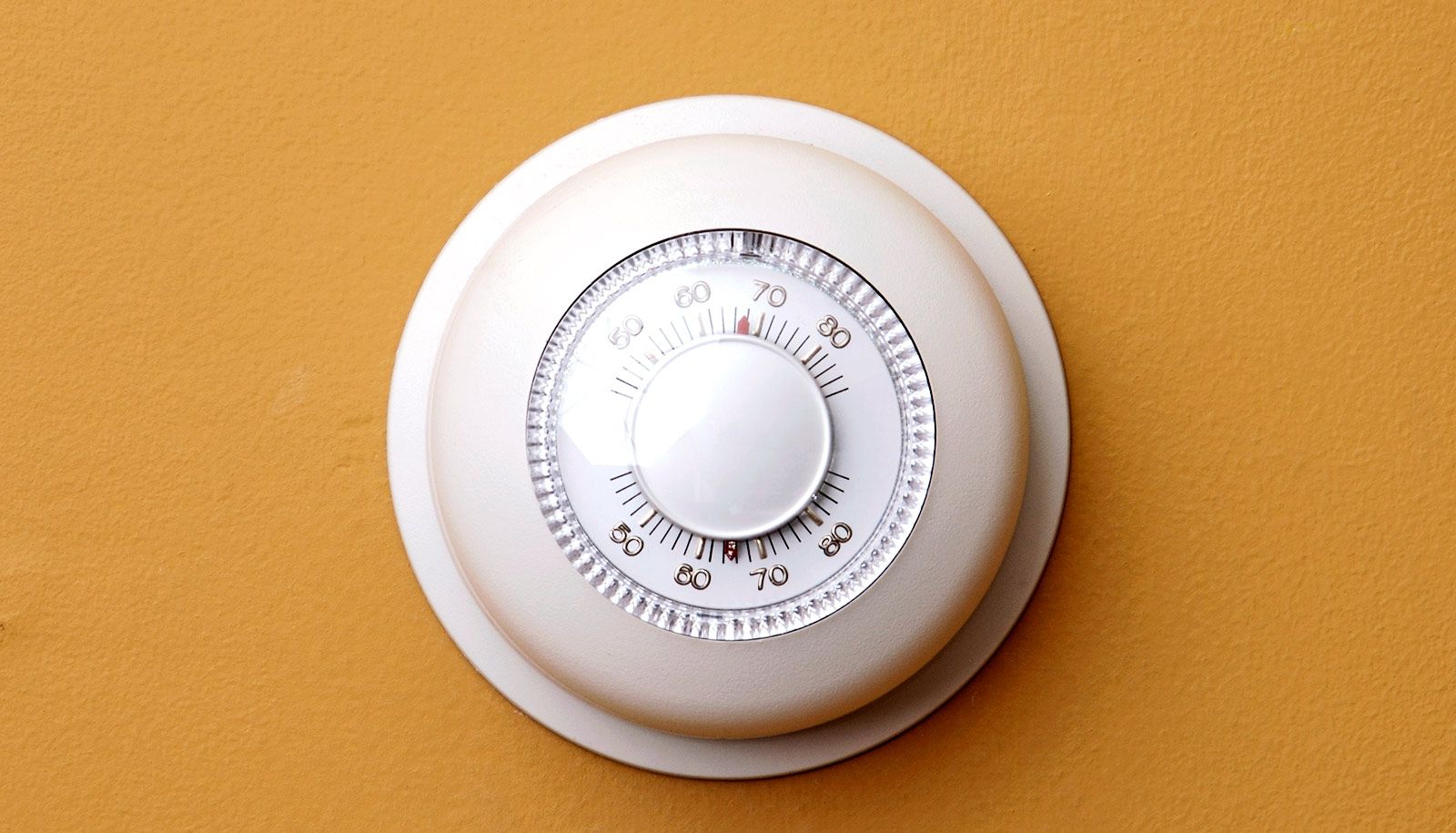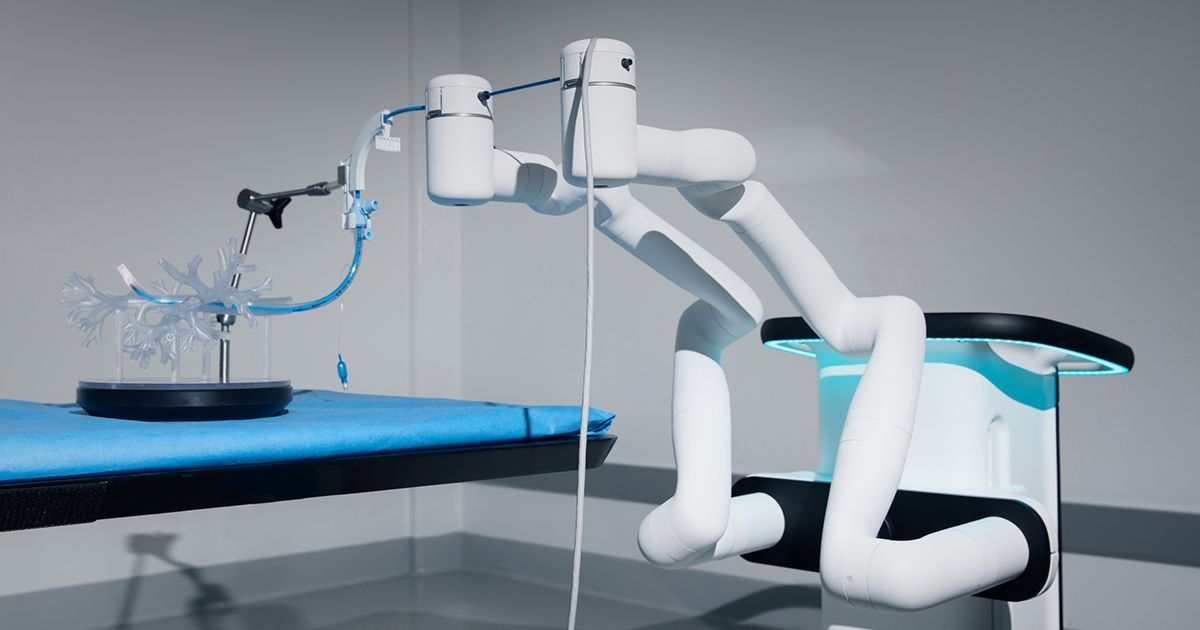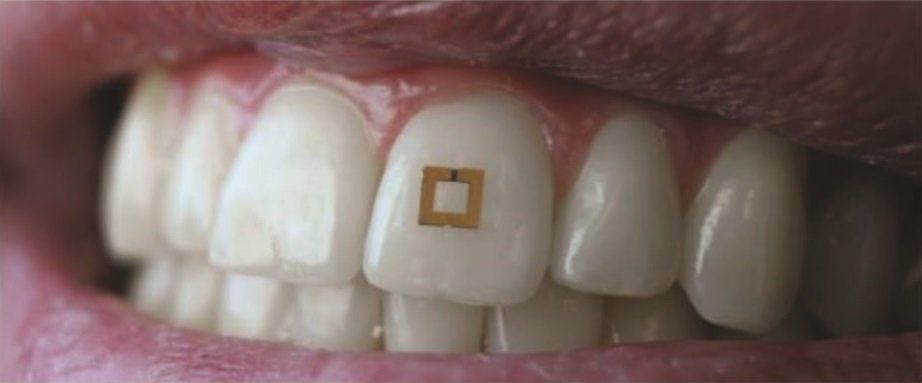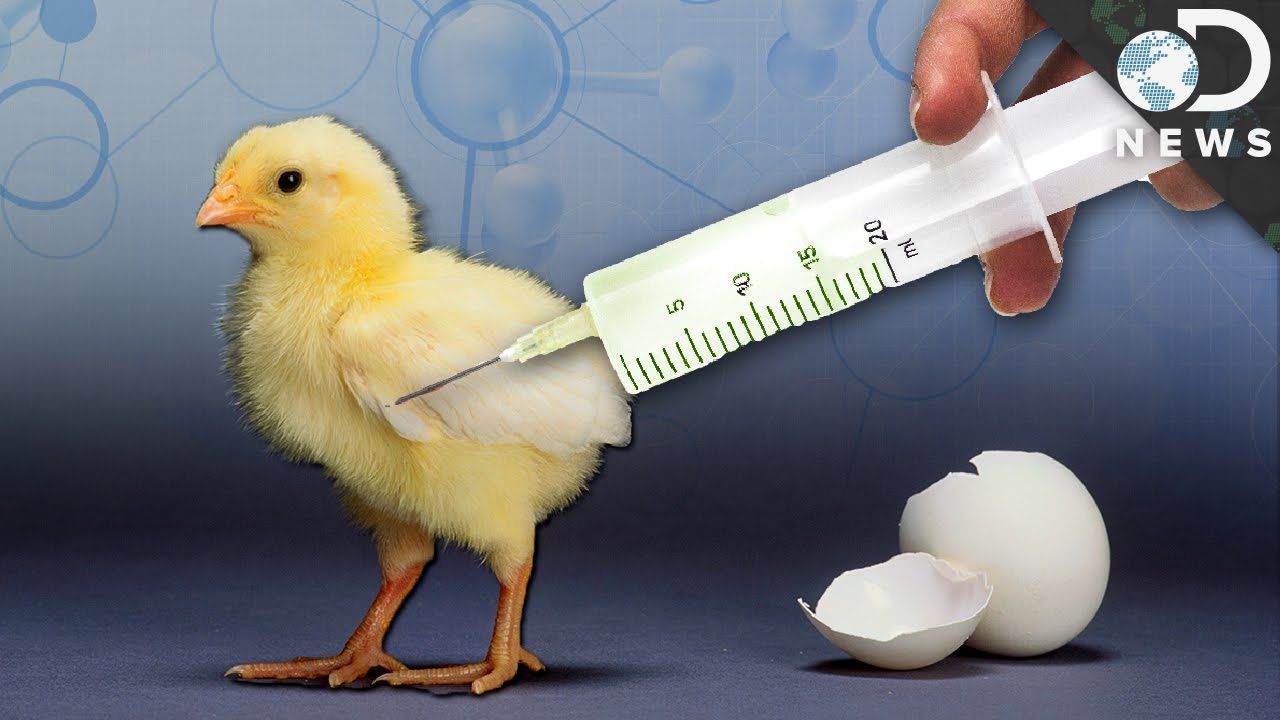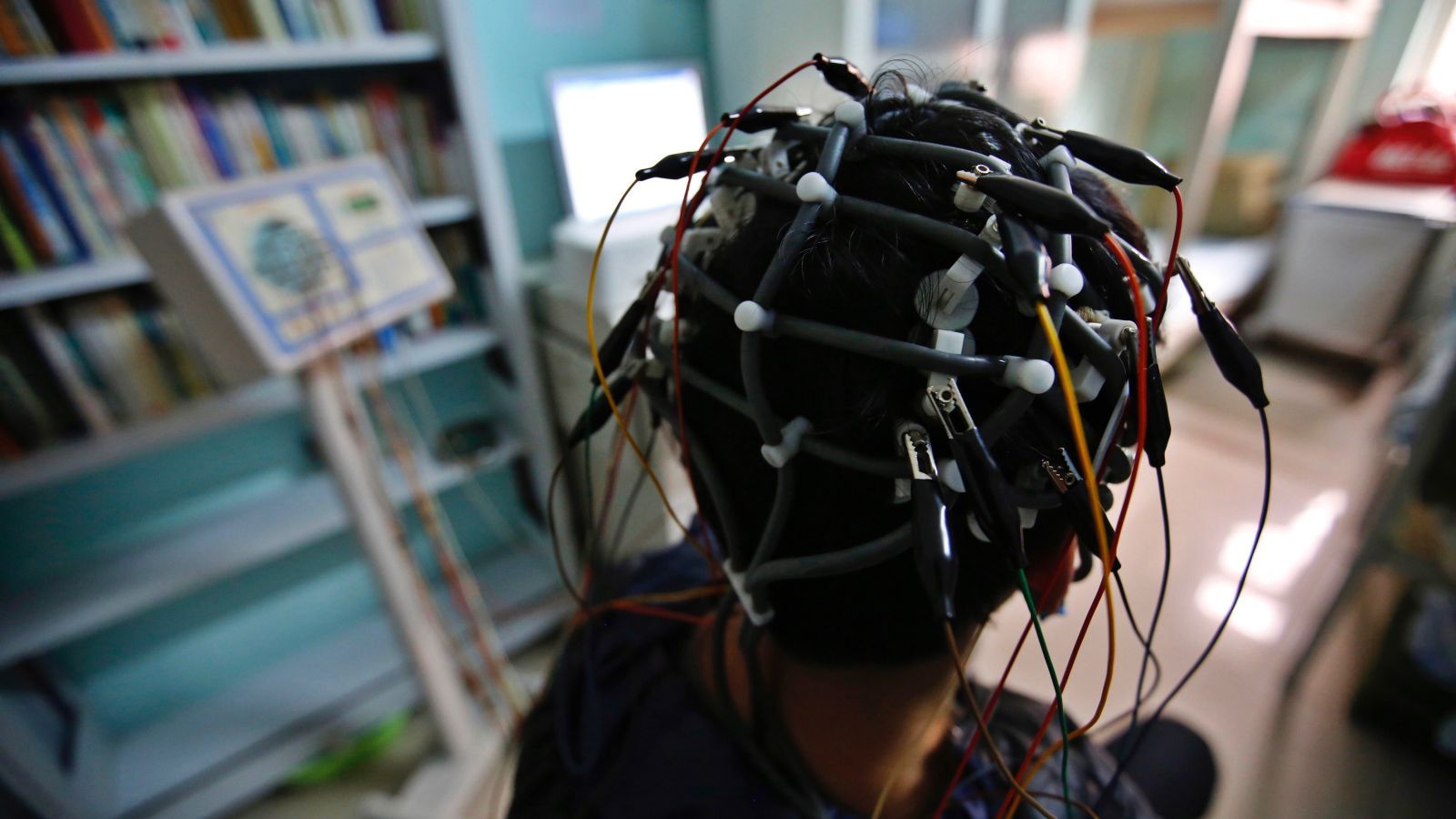Antibiotic hunter Dr Mark Blaskovich says antibiotic resistance is growing faster than the research and has the potential to bring modern medicine to a halt.
Category: biotech/medical – Page 2,524
When the water in the rooftop cooling towers of a building’s air conditioning system gets infected with Legionella bacteria, people in the building can get potentially-fatal Legionnaires’ disease. Therefore, it’s important to check that water for the bacteria on a regular basis. A new chip is promised to do it faster than ever.
The typical method of checking for Legionella involves putting a water sample in a Petri dish, then waiting 10 to 14 days to see if any bacterial cultures grow. Unfortunately, populations of Legionella can reach outbreak levels is as short a period as one week. Additionally, if an outbreak has already occurred, then its source needs to be ascertained as fast as possible.
That’s why the new LegioTyper chip was created.
Monitoring in real time what happens in and around our bodies can be invaluable in the context of health care or clinical studies, but not so easy to do. That could soon change thanks to new, miniaturized sensors developed by researchers at the Tufts University School of Engineering that, when mounted directly on a tooth and communicating wirelessly with a mobile device, can transmit information on glucose, salt and alcohol intake. In research to be published soon in the journal Advanced Materials, researchers note that future adaptations of these sensors could enable the detection and recording of a wide range of nutrients, chemicals and physiological states.
Previous wearable devices for monitoring dietary intake suffered from limitations such as requiring the use of a mouth guard, bulky wiring, or necessitating frequent replacement as the sensors rapidly degraded. Tufts engineers sought a more adoptable technology and developed a sensor with a mere 2mm x 2mm footprint that can flexibly conform and bond to the irregular surface of a tooth. In a similar fashion to the way a toll is collected on a highway, the sensors transmit their data wirelessly in response to an incoming radiofrequency signal.
The sensors are made up of three sandwiched layers: a central “bioresponsive” layer that absorbs the nutrient or other chemicals to be detected, and outer layers consisting of two square-shaped gold rings. Together, the three layers act like a tiny antenna, collecting and transmitting waves in the radiofrequency spectrum. As an incoming wave hits the sensor, some of it is cancelled out and the rest transmitted back, just like a patch of blue paint absorbs redder wavelengths and reflects the blue back to our eyes.
Biotech lobbyists and companies are trying to get the Trump administration to hand regulation of genetically edited animals over to the USDA, which has more lenient rules than the FDA, which currently regulates animals.
Low-fat pigs? Chickens with cancer-fighting eggs?
Nebula Genomics
Posted in biotech/medical, bitcoin
Pharma and biotech companies spend billions of dollars each year to acquire genomic data. Scientists need large genomic datasets to identify causes of disease and develop cures. However, growth of the genomic data market is hindered by small data quantities, data fragmentation, lack of data standardization and slow data acquisition.
Nebula Genomics will leverage blockchain technology to eliminate the middleman and empower people to own their personal genomic data. This will effectively lower sequencing costs and enhance data privacy, resulting in growth of genomic data. Our open protocol will leverage the genomic data growth by enabling data buyers to efficiently aggregate standardized data from many individuals and genomic databanks.
Perfect vision is great. But like any advantage it comes with limitations. Those with ease don’t develop the same unique senses and strengths as someone who must overcome obstacles, people like Lana Awad, a neurotech engineer at CTRL-labs in New York, who diagnosed her own degenerative eye disease with a high school science textbook as a teen in Syria and went on to teach at Harvard University.
Though they see themselves as clear leaders, visionaries with all the obvious advantages—like Elon Musk and Mark Zuckerberg, for example—can be blind in their way, lacking the context needed to guide if they don’t recognize their counterintuitive limitations. This is problematic for humanity because we’re all relying on them to create the tools that increasingly rule every aspect of our lives. The internet is just the start.
Tools that will meld mind and machine are already a reality. Neurotech is a huge business with applications being developed for gaming, the military, medicine, social media, and much more to come. Neurotech Report projected in 2016 that the $7.6 billion market could reach $12 billion by 2020. Wired magazine called 2017, “a coming-out year for the brain machine interface (BMI).”



